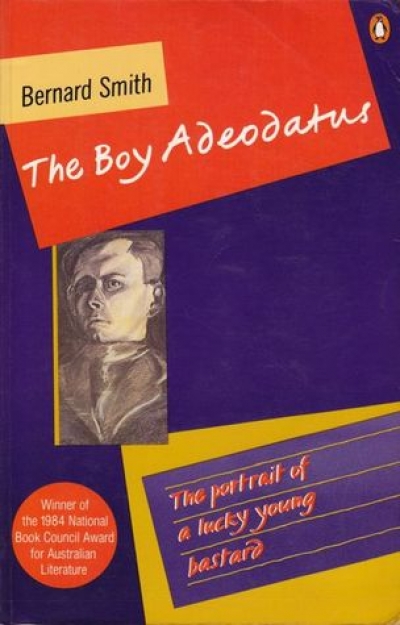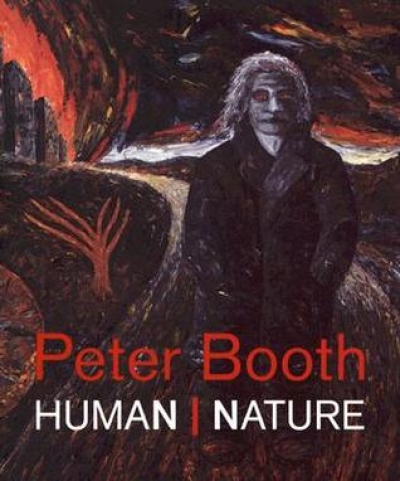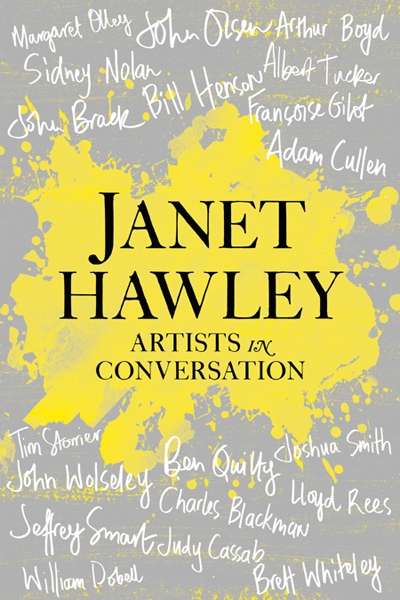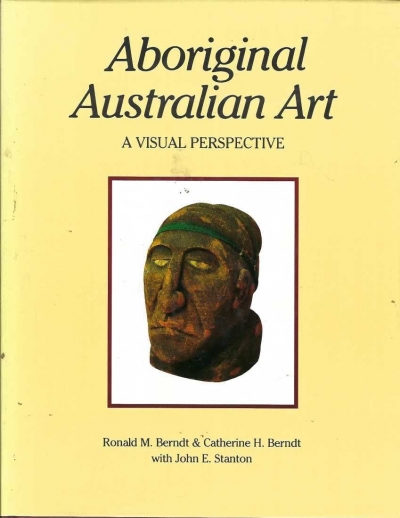Art
History of Modern Design has developed from a course of the same name at Drexel University in Philadelphia. In keeping with its didactic origin, the subject is presented in chronological order, illustrated with more than 500 images, 125 of which are reproduced in colour. The book is ambitiously broad in its coverage, commencing with the seventeenth century and ending in the twenty-first, focusing on design from Europe and North America, and ranging through furniture, interiors, metalwork, ceramics, graphic design, typography, and product design. A good two-thirds of the book is devoted to the twentieth century, which is presented in context from the preceding historical surveys. While the focus is on design for mass production and industrial processes, the crafts are not entirely neglected. An extensive bibliography on design, coupled with helpful reading lists, will prove popular in this useful introduction to the complex and wide-ranging subject of design. (CM)
... (read more)







